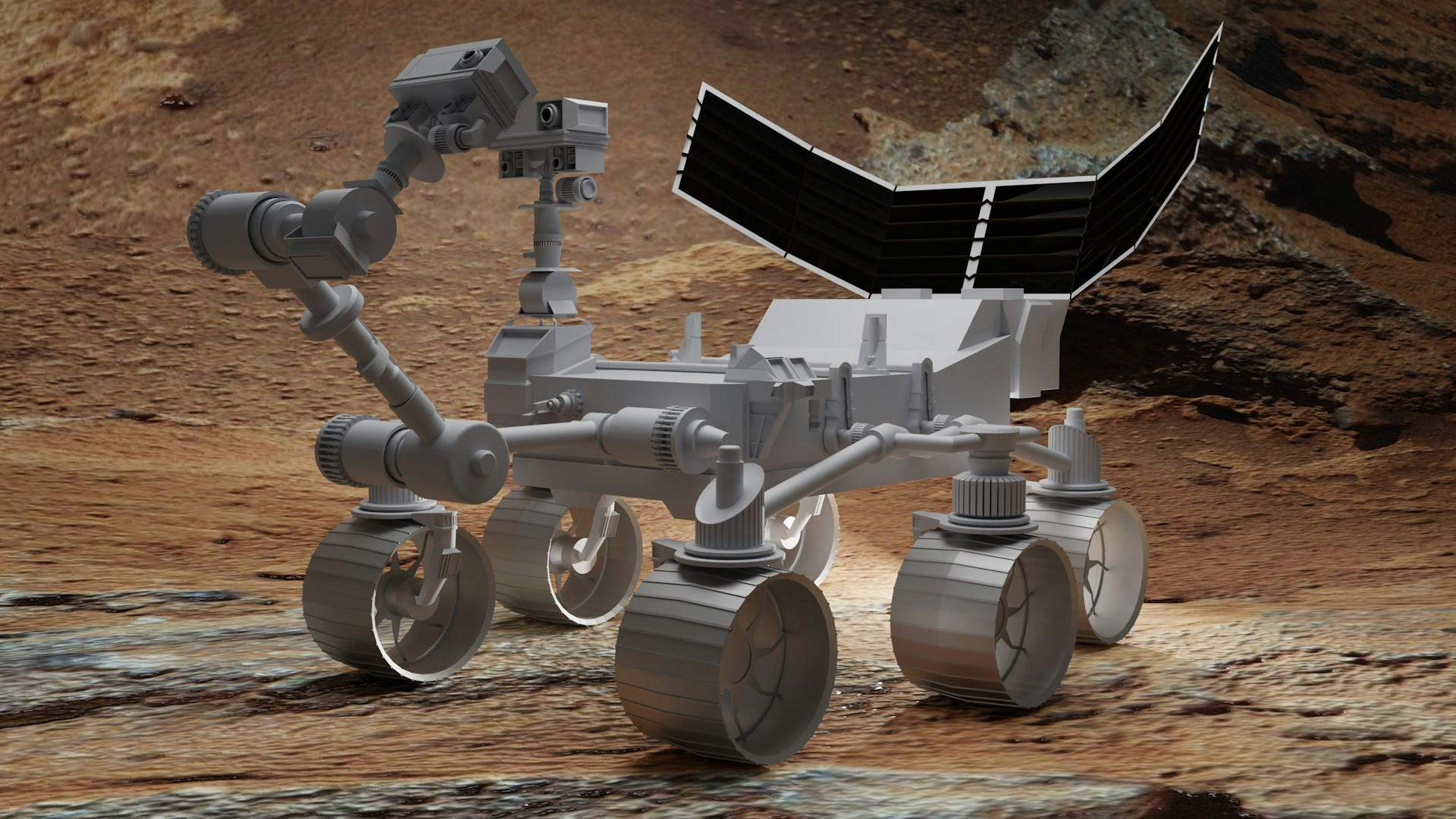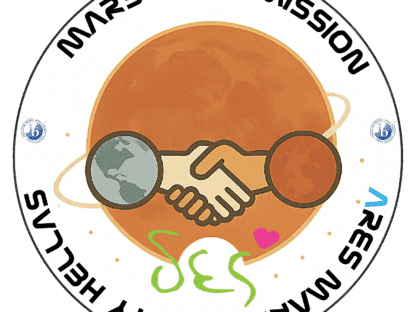
By Lou Farrell, Senior Blog Writer
Transportation to Mars requires more than a spaceship. Science fiction writers, astrophysicists and engineers have speculated for decades about what technologies could be viable for traveling to and surveying other planetary surfaces. Exploratory vehicles have already paved the way, demonstrating what specifications, materials and expenses are needed. What were some pioneering machines, and what could the future hold for planetary exploration?
Existing Mars Exploration Devices
Any predictions about future transportation tech will be born from previous developments. Innovations like rovers and landers lay the foundation for what will come. These trademark devices will inspire generations of prospective interplanetary travelers.

The Mars Global Surveyor
Orbiters are vital technologies because they map surfaces and measure magnetism and gravity on other planets. The Mars Global Surveyor operated for 10 years, inspiring future models. It contained a thermal emission spectrometer to observe minerals, a relay system to communicate with other landers and a laser altimeter to collate topographical information.
The Phoenix Lander
This 350-kilogram lander was the reason why humans discovered ice on Mars. It did this with a robotic arm, which worked alongside an imager capable of creating panoramic images. It could analyze eight ice and soil samples at once in its thermal and evolved gas analyzer.
The Mars Pathfinder Lander
In 1997, the Mars Pathfinder Lander — also known as Discovery 1 — worked alongside the Sojourner rover. It proved that lower-cost exploration methods could assess Martian geology and atmospheric conditions. Its heat shield allowed it to go directly into the Martian atmosphere, using a parachute to slow its descent.
The Mars Express
The Mars Express launched in 2003 and had a long orbital period of seven hours. It determined the composition of the minerals and atmosphere in impressive detail. To this day, it still sends Earth images and data about Mars. It had more advanced radar systems to see subsurface details and a higher-quality stereo camera with a 10-meter resolution.
Mars Atmosphere and Volatile Evolution (MAVEN) Orbiter
MAVEN focused on the atmosphere more than the ground. It researched the ionosphere, atmosphere and the planet’s solar winds. It helped humans understand why Mars loses atmospheric gases. It is still in orbit and has been analyzing the same phenomena since 2013.
Rovers in Their Many Forms
Rovers are some of the most iconic space travelers alongside humans. They take incredible photographs, grab resources for analysis and inspire generations to create better equipment to travel farther. These are some of the most influential:
- Sojourner: This retired rover studied Martian soil, weighed around 10 kilograms and had a travel distance of 500 meters.
- Spirit: An exploratory device, Spirit weighed over 185 kilograms and got stuck in the ground, ceasing communications in 2010.
- Curiosity: A probe meant to find microbes and other proof of life, Curiosity helped determine the planet’s habitability. It weighs around 900 kilograms and is still active and roaming the Gale Crater.
- Opportunity: A similar rover to Spirit in spec and purpose, Opportunity lost contact with Earth in 2018 after a dust storm.
- Perseverance: This 1,000-kilogram life-seeking rover collected rocks and soil to bring to Earth. It is in the Jezero Crater, where samples continue to be collected.
Speculative Suggestions for Future Transportation on Mars
Behind closed doors, experts are already developing ideas for future transportation on Mars. Science fiction tales may or may not inspire many hypotheses, but the universe has many undeniably captivating transportation blueprints.
To read the full blog, please click here.


